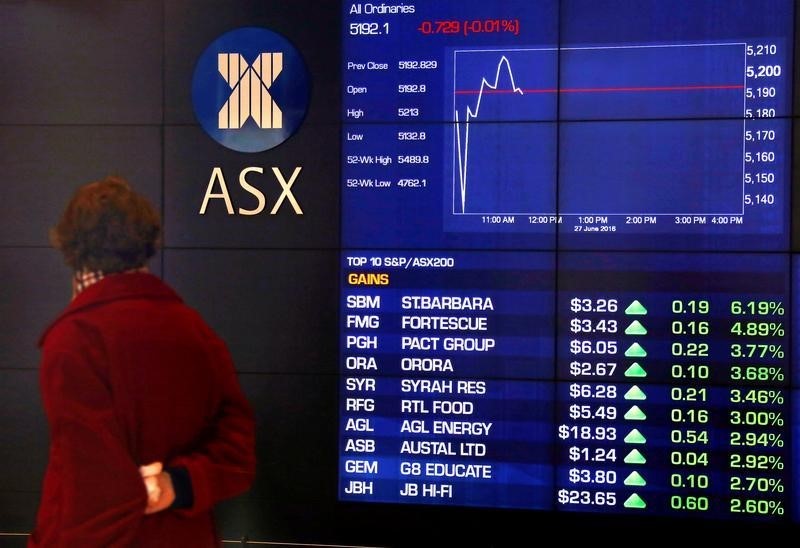Street Calls of the Week
Aussie shares are set to rise this morning as Wall Street recovered from the Thanksgiving festivities with a subdued session overnight. Perhaps traders were still in a food coma, with the Dow Jones slipping 0.2%, the S&P 500 losing the same amount and the Nasdaq edging down by 0.1%.
ASX futures indicated a marginal rise of 0.1% to 7,104 early this morning. The uptick won’t do much to ameliorate a 0.8% decline yesterday but the index is nevertheless poised for a 3.8% increase in November, marking its second-largest monthly growth in 2023 – a slow year.
By contrast, global bond yields, oil prices and the dollar all experienced notable movements. Gold prices pushed through the US$2000 per ounce mark, while the Australian dollar climbed past 66 US cents, a peak not seen since August.
Black Friday and Cyber Monday influence sales data
Investor focus in Australia now shifts to October retail sales data, set for release at 11.30 this morning. The National Australia Bank (NAB) is predicting a decline in retail sales by 0.4%, contrasting with a consensus estimate of a 0.2% increase.
This forecast reflects the evolving consumer spending patterns influenced by Black Friday and Cyber Monday sales. NAB cautions against overinterpreting what could be a subdued October result, suggesting shifting trends in retail spending as year-end approaches.
In European markets, currency movements against the US dollar presented a mixed picture. The Euro experienced a slight decline, falling from US$1.0957 to US$1.0924, before stabilising near US$1.0955 at the US close. This fluctuation reflects broader market reactions to economic indicators, including US government bond yields' fall due to weaker than expected US home sales data.
The changes in Treasury yields, with the US 10-year Treasury yield dropping 10 points to 4.38% and the 2-year yield decreasing 7 points to 4.89%, also contributed to the forex market dynamics.
These shifts in currency values are indicative of investor caution and the interplay of various economic factors in the European financial landscape.
Currencies and commodities
In the financial markets, US government bond yields underwent a decline following a significant drop in monthly US home sales data. The US Treasury's sale of US$54 billion in 2-year notes and US$55 billion in 5-year notes attracted mixed responses, with yields settling at 4.887% and 4.42%, respectively.
Currency markets showed varied performances against the US dollar. The Euro dropped slightly from US$1.0957 to US$1.0924, closing near US$1.0955.
The Australian dollar's rise to 66.13 US cents was propelled by a weakening US dollar, bolstered by prospects of US interest rate cuts in the next year and a stronger Chinese yuan.
The Japanese yen strengthened from 149.31 yen per US dollar to JPY148.53, ending near JPY148.65.
Oil prices continued their downward trajectory, influenced by oversupply concerns and tempered expectations of OPEC production cuts.
Brent crude fell by 0.7% to US$79.98 a barrel and US Nymex crude dropped 0.9% to $74.86 a barrel. The West Texas Intermediate settled below US$75.
In the metals market, base metal prices, including copper and aluminium, fell following a slowdown in profits among China's industrial companies.
Meanwhile, gold futures rose by 0.5% to US$2,012.40 an ounce, with spot gold trading near US$2,014 at the US close, reflecting increased investor interest in the precious metal amidst broader market uncertainties.
What’s happening in small caps?
The S&P/ASX Small Ordinaries closed at 2,671.30 yesterday, sliding 0.47% on the previous day.
Making news this morning, which you can read more about throughout the day with Proactive:
